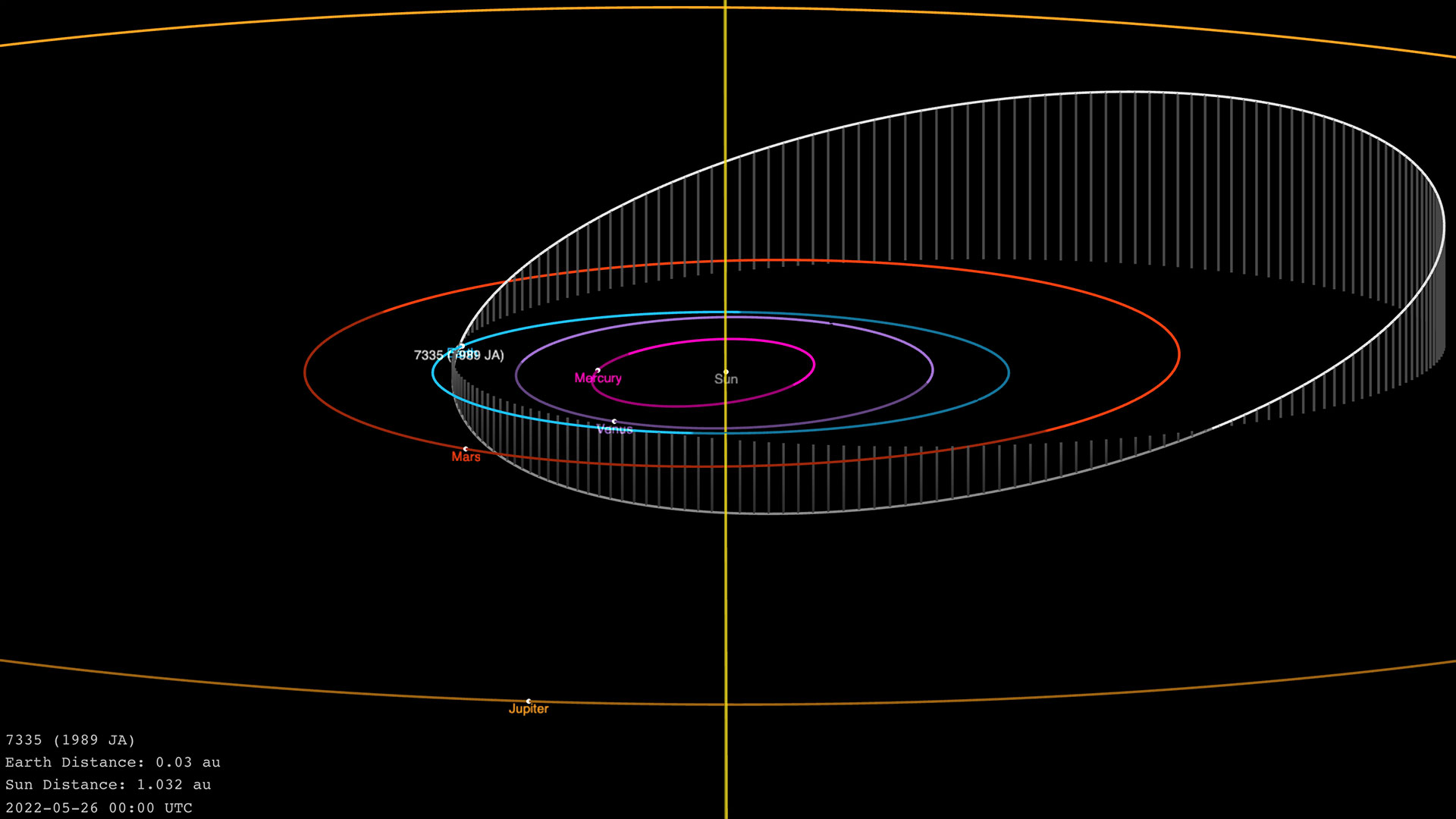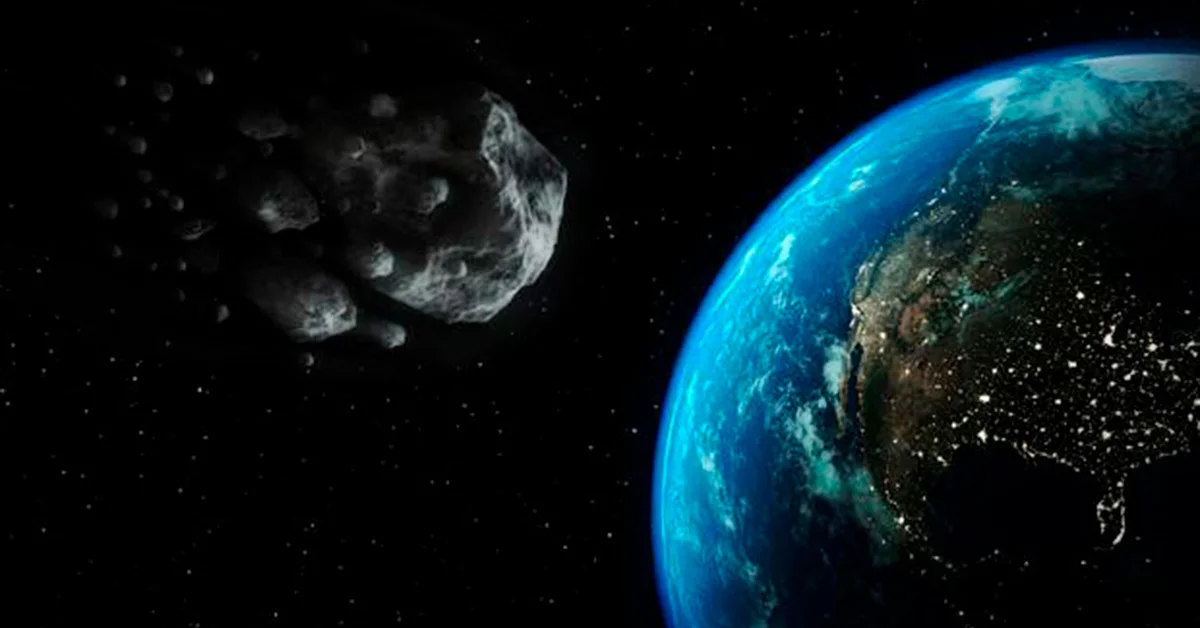A gigantic asteroid about four kilometers larger than the Empire State Building will approach Earth next Friday, May 27th..
However, NASA’s Center for Near-Earth Object Research (CNEOS) is trying to send a “quiet” message: Although the asteroid is classified as “potentially dangerous”, it could cause catastrophic damage to Earth due to its enormous size. The space rock will be very close to 4 million kilometers from here, which is ten times the distance between the Earth and the Moon.So it would be a wonderful opportunity for scientists to learn about these impending objects and for astronomers to experience a unique scenario.
Named 7335 (1989 JA), it is the largest asteroid to approach Earth this year.Scientists estimate that It travels at approximately 76,000 km / h, advancing at 47,200 meters per second, about 20 times faster than a bullet. The asteroid is one of more than 29,000 near-Earth objects, identified by scientists as NEOs, which NASA monitors every year. NEOs are any space object that travels one of the 48 million kilometers in Earth’s orbit. Most of these materials are very small, a few meters or centimeters long, however, the 7335 (1989 JA) is an exception due to its large size.

7335 (1989 JA) is an Apollo-type asteroid that orbits the Sun as it passes through Earth’s orbit from time to time. Astronomers know about 15,000 asteroids of this type, and have calculated their orbits for many of them. For example, The next time this rock comes close will be on June 23, 2055, and it will travel even further: 70 times as far as the distance between the Earth and the Moon.
In fact, NASA is also closely following several asteroids that are highly capable of colliding with us, i.e. Pennu, an asteroid about 500 meters in diameter, which is closest to our planet on September 24, 2182. Or (29075) 1950 DA, another asteroid with a diameter of 1 to 2 km, most closely encountered on March 16, 2880, causing some concern among astronomers.
In the worst case scenario, with a large rock facing the earth, there is still hope. Various space companies have put forward various plans to save the Earth. For example, NASA’s DART mission will propel a spacecraft into the Ditimos asteroid system, which looks at how far it can deflect such bodies. China, for its part, has offered to launch several of its large Long March V rockets to change the course of the Penn. There will still be other projects such as pulverizing the asteroid ‘in intensity’ so that the most harmless and controllable ‘rain’ falls on Earth.
Read on


:quality(85)/cloudfront-us-east-1.images.arcpublishing.com/infobae/SMPW7M5BQFERBOQUPJXKCOKARY.jpg)
:quality(85)/cloudfront-us-east-1.images.arcpublishing.com/infobae/NP5NEZXMZFGNLBHNEQJHPJVMKM.jpg)

:quality(85)/cloudfront-us-east-1.images.arcpublishing.com/infobae/X7DZAL3I4REJTKPZ4Y4DYBHFMI.jpg)